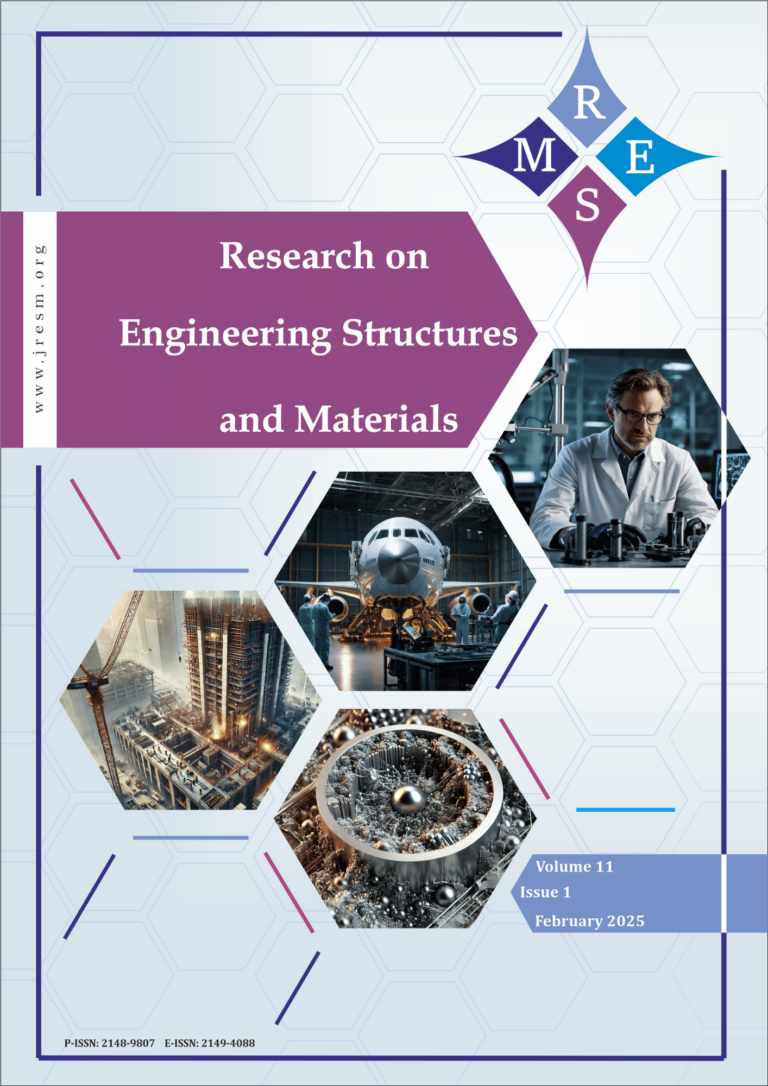An earthquake has impacted the existing buildings around the area where the earthquake occurred. To maintain the safety of building occupants, it is necessary to evaluate the building’s vulnerability. The most frequently used assessment methods are the Rapid Visual Screening (RVS) from FEMA and the push-over. FEMA can assess the exposure of a building quickly through visual observation but cannot provide a structural response. The push-over can explain the structural response seismic capacity and performance, collapse identification, and building strengthening strategies. However, the push-over has weaknesses; the analysis depends on modelling and structural analysis. This study aims to integrate push-over with FEMA to obtain the most appropriate assessment of buildings in earthquake vulnerability. Both assessment models have been applied to mid-rise buildings of flats after the earthquake. The building received a final score of 2.3 in the FEMA screening evaluation, indicating that it is secure. The push-over analysis shows the damage to the structure is Immediate Occupancy, which means only slight damage occurs. Overall, both methods give the same results and can be integrated to develop RVS and push-over assessments mutually when new modes of building failure are identified and as tools to assess fast, precise and accurate structural failure.
